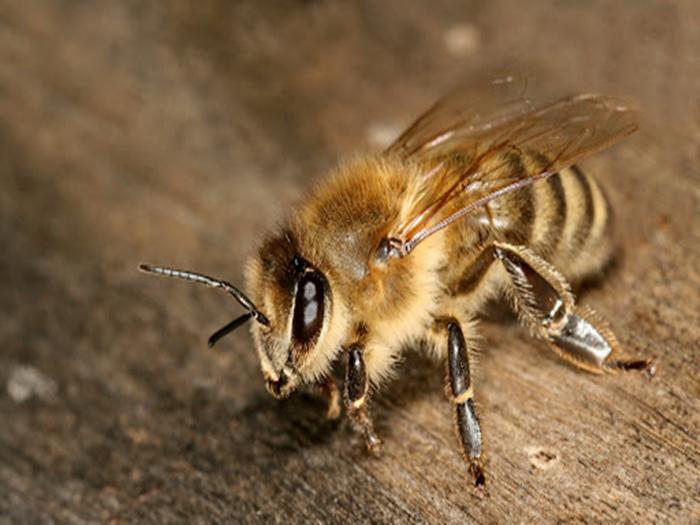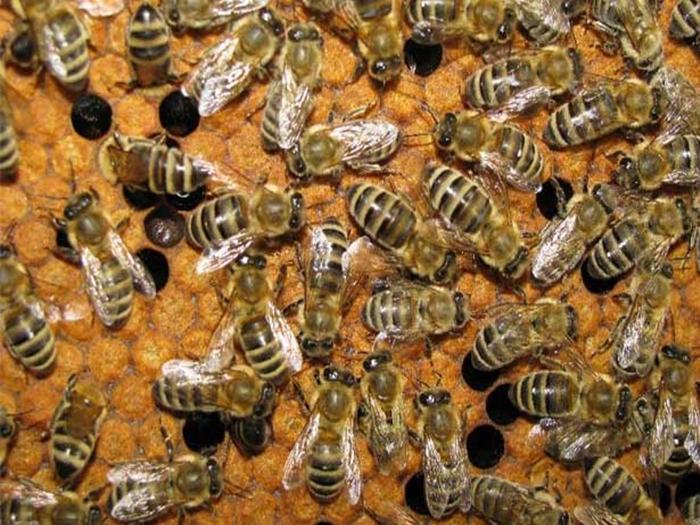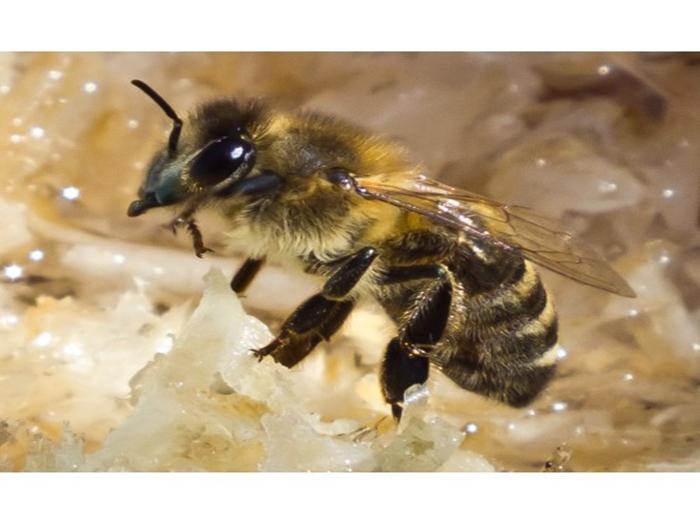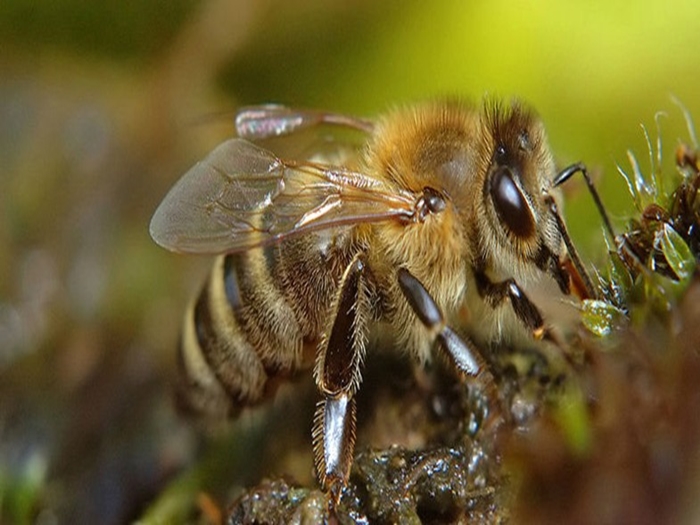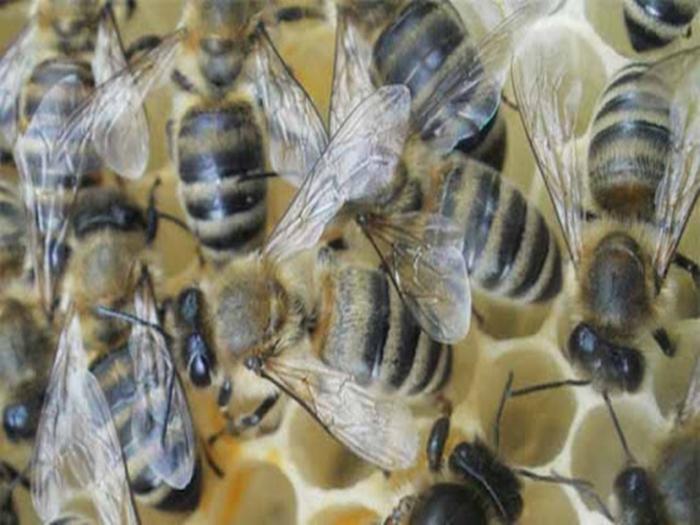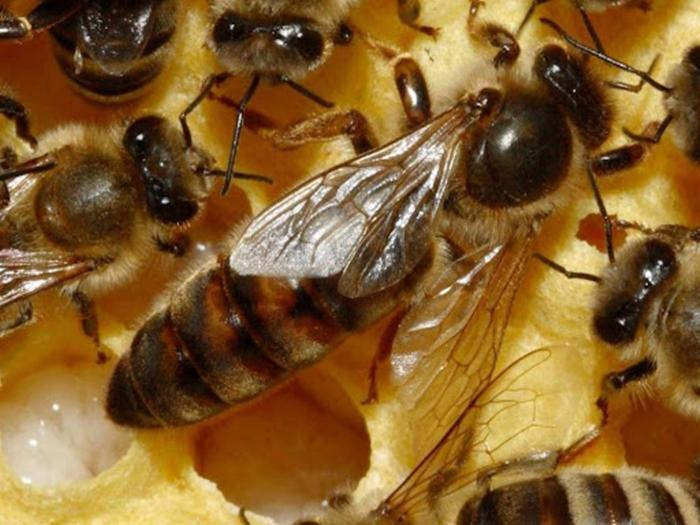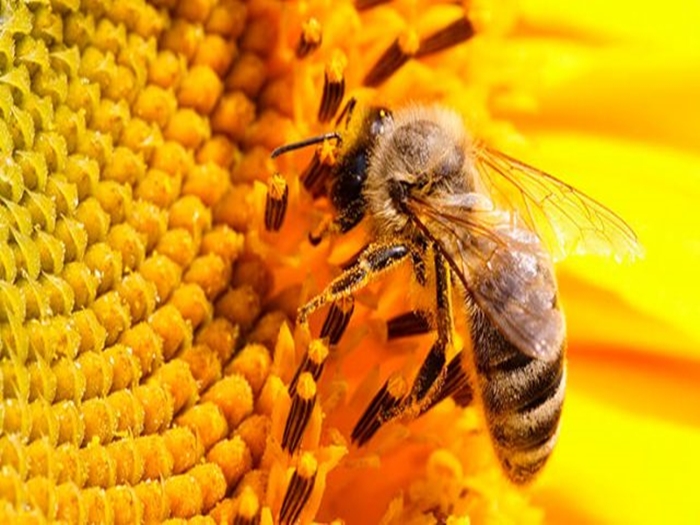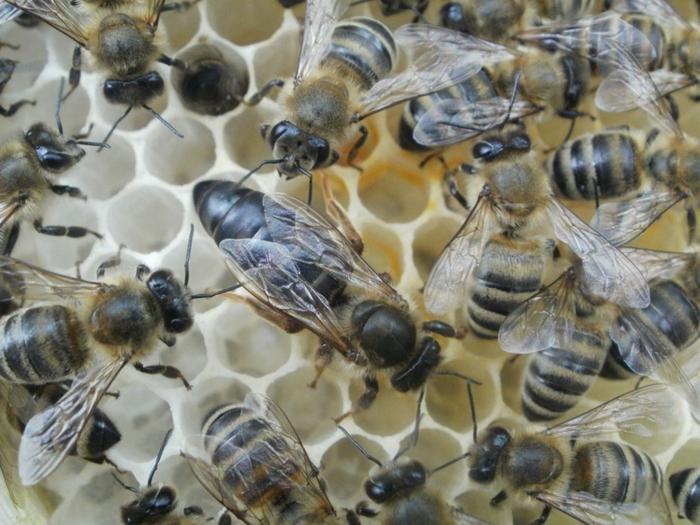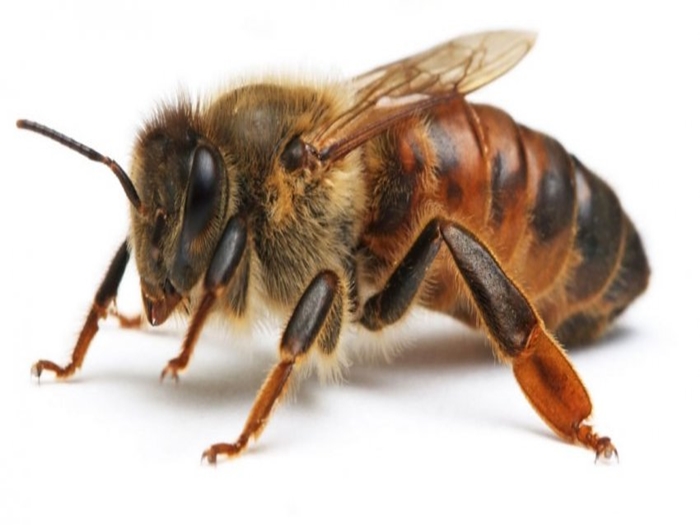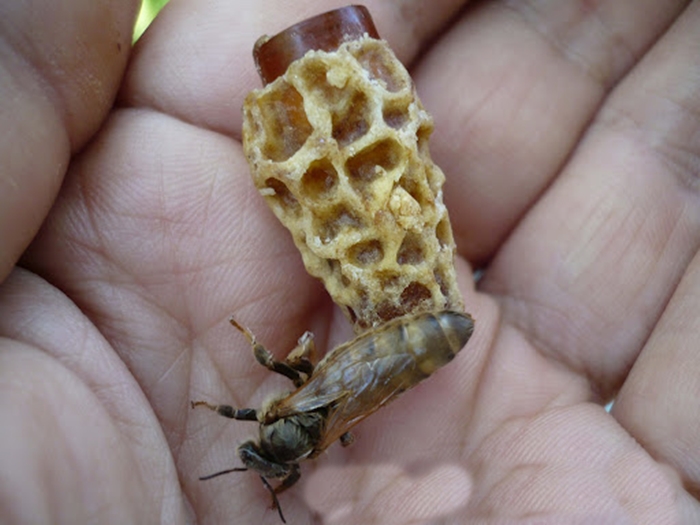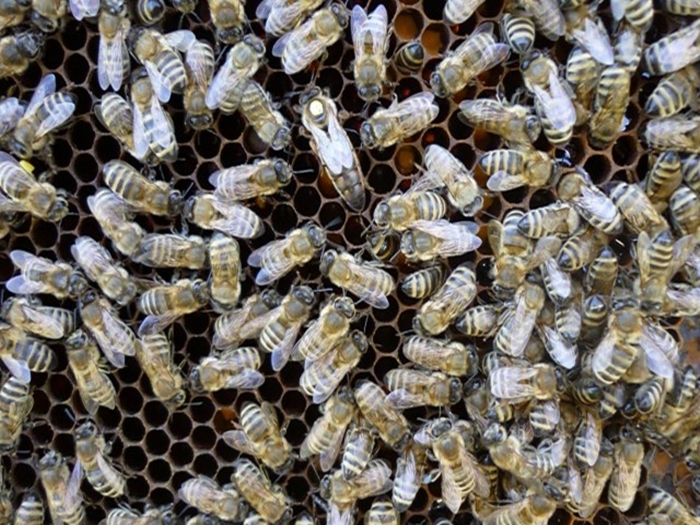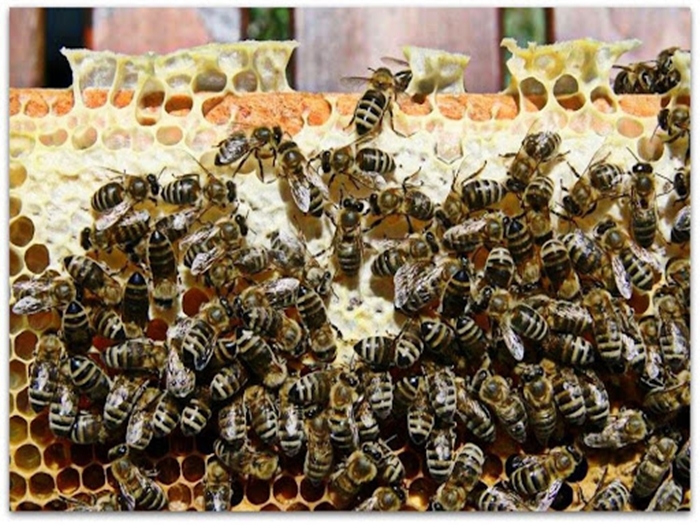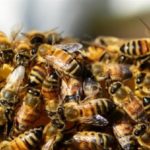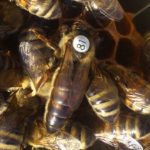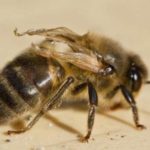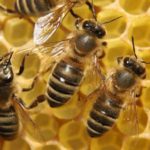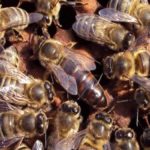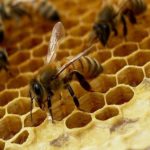In order for an apiary to be profitable and generate income, it must be inhabited by bees that are fully adapted to the living conditions. Where winters are mild, the climate is moderate and the cold season lasts no more than two to three months, the Karnika breed of honey bees has proven itself to be excellent. It is beneficial to use these insects in cases where there are not enough honey plants around the apiary.
Description and characteristics of the Karnika bee
Carnika bees originally formed in Eastern Europe, in Carinthia and the Upper Carniola. Due to this, the breed is also called Krajina bees. This breed was obtained in Slovenia at the beginning of the 19th century by crossing Italian bees and Cypriot drones. Almost 100 years later, insects began to be actively sold to other countries, and they began to enjoy success. This breed is popular in Eastern and Western Europe, as well as in the southern regions of the Russian Federation.
Carnica bees are generally dark gray in color with short, thick, fluffy hair of a silvery hue, but in some cases a number of individuals have a couple of stripes on the abdomen, most often where they interbreed with other breeds.
The uteri of these insects have their own characteristics. They are black in color, but can also be striped, and weigh up to 185 milligrams when barren and 205 milligrams when fertile. In spring, the queen can lay from 1.4 to 2 thousand eggs. The average insect weighs 110 milligrams.
Varieties of Karnika bees
These beneficial insects have several varieties, which, with basic similarities, have a number of distinctive properties associated with behavior, productivity, characteristic properties and characteristics of carnika breeding.
Pawn
This is the most famous, widespread and popular variety of bees. Pawners can work with various honey plants and collect bribes from several honey plants at the same time. Insects are distinguished by their peaceful, calm character, they start their development early and continue to breed until October, with its peak occurring in May, the period of active flowering of gardens and cultivated crops.
Pedestrians form large families, swarm heavily, which can be easily controlled if honey is collected in a timely manner.
Sklenar
Representatives of this species are very diligent, but capable of aggressive actions. They are better suited for late honey harvests, as they develop gradually. Their families are medium and large; swarms are formed in rare cases. Positive properties are preserved only in purebred individuals; hybrids lose them already in the first generation.
Troyzek
In this variety, brood develops quickly in early spring when there is a large amount of pollen. If it is not enough or is absent, the uterus interrupts the laying of eggs. Bees are characterized by exceptional cleanliness and hard work. Swarms rarely form.
Hollesburg
Insects of this species are famous for their hard work and productivity, which is much higher than that of other representatives of the Karnika breed.
Varroatolerantz
This variety of carnival bees gets its name from varroatosis, a dangerous disease caused by varroa mites in honey insects. By selecting bees that were able to shed mites on their own, the variety Varroatoleranz, which means “varroa resistant,” was created. The insects are small, build small honeycombs and do not form large families. They do not swarm, are non-aggressive and very productive bees.
Productivity and honey yield
Bees of the Karnika breed are distinguished by their excellent work ethic and can even collect nectar with low sugar content, because they have a long proboscis. They quickly discover the best source of nectar and switch to collecting it, producing good yields from red clover.
The honey yield of these insects exceeds the standard by one and a half times.They cope better than other breeds with early honey collection, and under normal weather conditions, productivity can be 20 kilograms per hectare. At the same time, carnikas prefer to collect nectar from cultivated plants, that is, from plantings made by humans, and not from wild plants growing in natural conditions.
They prefer clover and winter rape, that is, those plants that begin to bloom earlier than others. Also, these bees willingly pollinate fruit trees and shrubs, so apiaries can be placed near gardens and plantations.
Disease resistance
Carnika bees are immune to most diseases characteristic of these insects. They have genetic resistance to honeydew toxicosis, they do not suffer from paralysis and acarapidosis, and not only drones and worker bees, but also brood and queens are in good health. However, during severe and wet winters of long duration, carnivals can be affected by nosematosis.
Wintering
After the completion of the main summer honeybee, Karnika bees begin to prepare for wintering, which is early compared to other varieties. If there is little pollen, then the bees reduce laying and raising brood. This is how they control population growth and maintain it.
For wintering, insects do not require special conditions; they are content with simple hives with a regular frame. But in the spring they have clean nests with a minimum of death, and quickly begin to expand their family. These bees are distinguished by their winter hardiness and excellent endurance, however, in significant cold weather (below - 20 degrees Celsius), the hives will need to be insulated. For successful overwintering you will need 20-25 kilograms of feed.
Advantages and disadvantages
Karnika bees have many positive qualities, among which the following stand out:
- Ability to collect honey even in bad weather. Insects leave the hive both on cool days and during drizzling rain.
- Resistant to elevation changes up to one and a half kilometers.
- Hard work.
- Minimum nutritional requirements.
- Pronounced adaptive abilities.
- Performance.
- Strong immunity.
- Resistance to dangerous diseases.
- Rapid brood growth.
- Copious amount of wax.
- Cleanliness in the hive, clean honeycombs.
- Minimum requirements for wintering.
- Resistance to negative temperatures.
The main disadvantage of the breed is the lack of genetic stability. Karnikas easily interbreed with other bees and lose their characteristic features. Also, the disadvantages include swarming when honey collection is low, the queen’s capacity for scarring (laying eggs) is limited, and in a too warm and long autumn, late scarring is observed, which leads to increased feed consumption and the bees are depleted.
Also, with insignificant honey collection, swarming is observed. The bees also randomly distribute the brood among different frames, and also produce almost no propolis, which a number of beekeepers and beekeepers do not like.
The nuances of planting and replacing the uterus
Old queen bees reduce productivity, which threatens degeneration and death of the colony. To avoid this, it is necessary to plant a new queen. To prevent the swarm from rejecting her, you need to remove the old queen and honeycombs with larvae. This is best done in spring and early summer, when there are many young insects in the hive. This procedure can also be performed at the end of summer - beginning of autumn, when the insects are well-fed and calmer. It is easiest to replace the queen in small hives.

